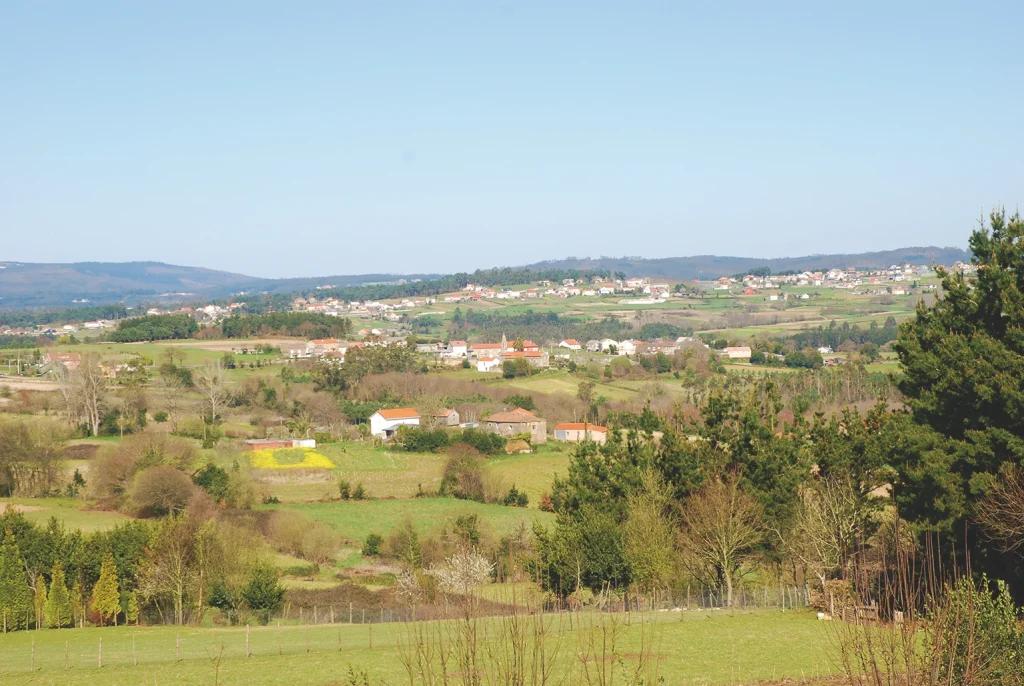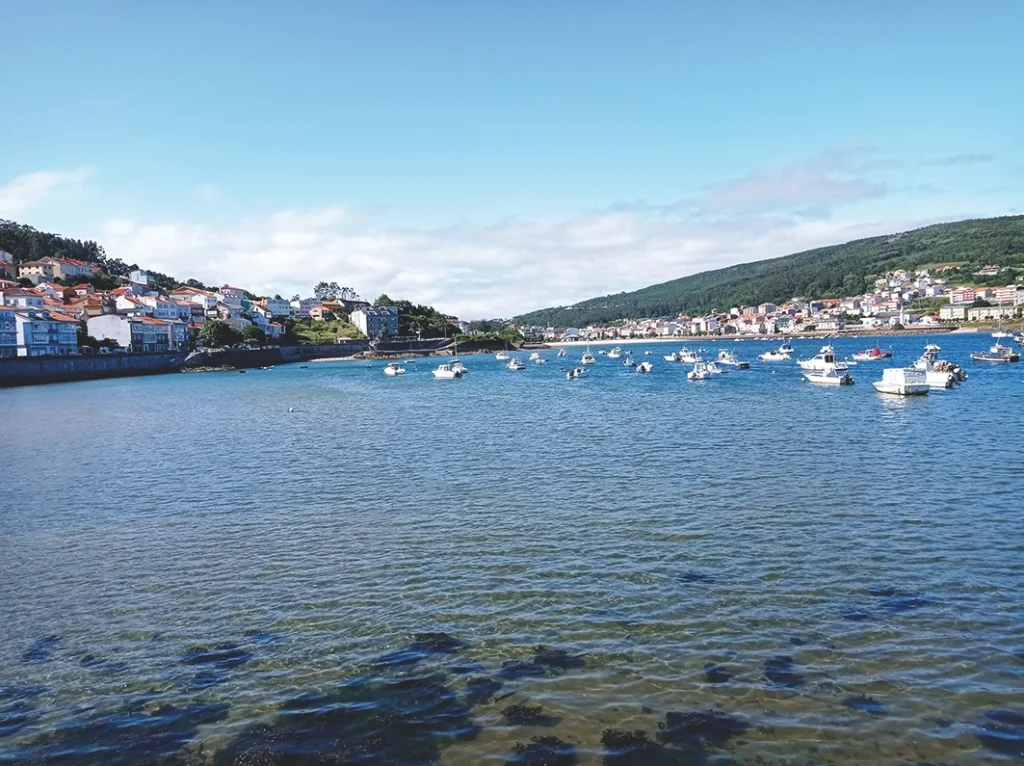The Costa da Morte is one of the most underpopulated coastal regions in Galicia. The cliff-lined coast, beaten by winds and waves, with few protected areas, has not encouraged human settlement, while a long-standing lack of roads and other means of communication has not helped establish or occupy cities.
The region is characterised by a widely dispersed population living in in small villages, as is the case in the rest of rural Galicia, and some towns in more protected areas of the coast or inland along the AC-552 road.

There are significant differences in terms of population between the number of inhabitants on the coast, which is more heavily populated, and the interior, with much lower population levels. The parishes on the coast, apart from one or two places with many cliffs, are more heavily populated.
The total population of Costa da Morte is 111,958 (2022), occupying a surface area of 1,711 km2 and grouped into 17 municipalities in the regions of Bergantiños, Terra de Soneira and Fisterra, along with the municipalities of Mazaricos (Terra de Xallas) and Carnota (region of Muros).
This population represents solely 10% of the inhabitants of the province of A Coruña, while the surface area of Costa da Morte is 21% of the total territory of the province.
A closer look at the distribution of the population as a whole show that the average density is 66 inhabitants/km2, much lower than the provincial average (141 inhabitants/km2) and average for Galicia (90 inhabitants/km2).
The distribution of the population shows many contrasts between one area and another. There are municipalities with a population density of less than 25 inhabitants/km2, such as Dumbría and Mazaricos, while others have over 100 inhabitants/km2, such as Corcubión, Carballo, Cee and Fisterra. The largest concentration is found on the coast of the small rías, where the main towns are located. The population around the ría of Corcubión is gathered in the town of Fisterra and around the beach of A Langosteira, and in the towns of Corcubión and Cee, a continuous urban nucleus.

The ría of Corcubión is one of the largest population centres in Costa da Morte.
The highest density in the ría of Camariñas is on the north coast, in the town of Camariñas and the road that links the town with Ponte do Porto. On the southern side of the ría is the town of Muxía and the AC-440 road from the town to Quintáns.
Most of the population of the ría of Corme and Laxe live in these two towns and along the AC-429 road, which passes around the south part of the ría from Ponteceso to Laxe. The coastal towns of Malpica and Caión are located further to the north.
As regards the interior, population densities depend to a great extent on the AC-552 between A Coruña and Fisterra, especially in the northern section. All the towns are located alongside this road, which was established in the second half of the 19th c. The highest level of population is on the section from A Laracha to Coristanco, especially in the town of Carballo. Further south, the largest towns are Baio and Vimianzo.
Carballo (19,267 inhabitants) is by far the largest town, followed by Cee (3,890 inhabitants), A Laracha (3,465 inhabitants), Fisterra (2,720 inhabitants), Camariñas (2,427 inhabitants), Malpica (1,854 inhabitants) and Laxe (1,710 inhabitants), according to data from the Spanish National Institute of Statistics (INE) for 2022.
Analysis of how the absolute population has evolved from the final years of the last century to the present day shows that there was a marked drop in almost the entire Costa da Morte. This loss of population is due basically to a pronounced negative population growth in which deaths are much more common than births, along with migration to the two nearby cities of A Coruña and Santiago and to other regions in Spain or countries in Western Europe.
The drop in population brought about in the 1960s by constant emigration to European countries, especially Switzerland, was then accentuated by low birth rates and large numbers of young people leaving the region in search of better job prospects. This further accelerated a process of population ageing that is now difficult to counteract.
Administrations have therefore attempted to take measures to resolve the problem of depopulation with proposals to develop the territory and create employment, making use of the many resources available on land and at sea in the region, and contributing towards towards maintaining the population and halting the constant loss of residents due to emigration.